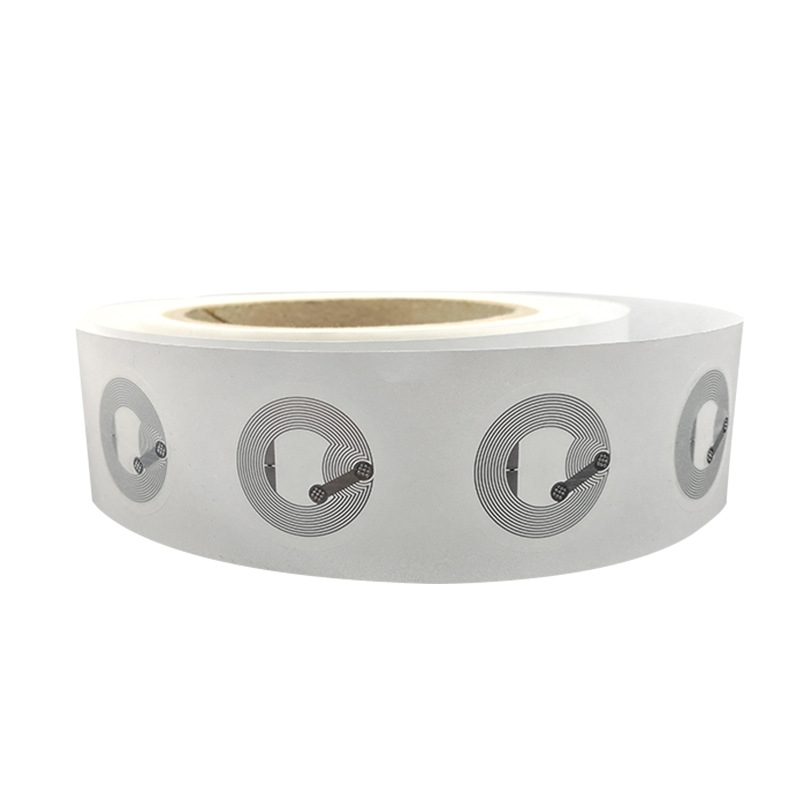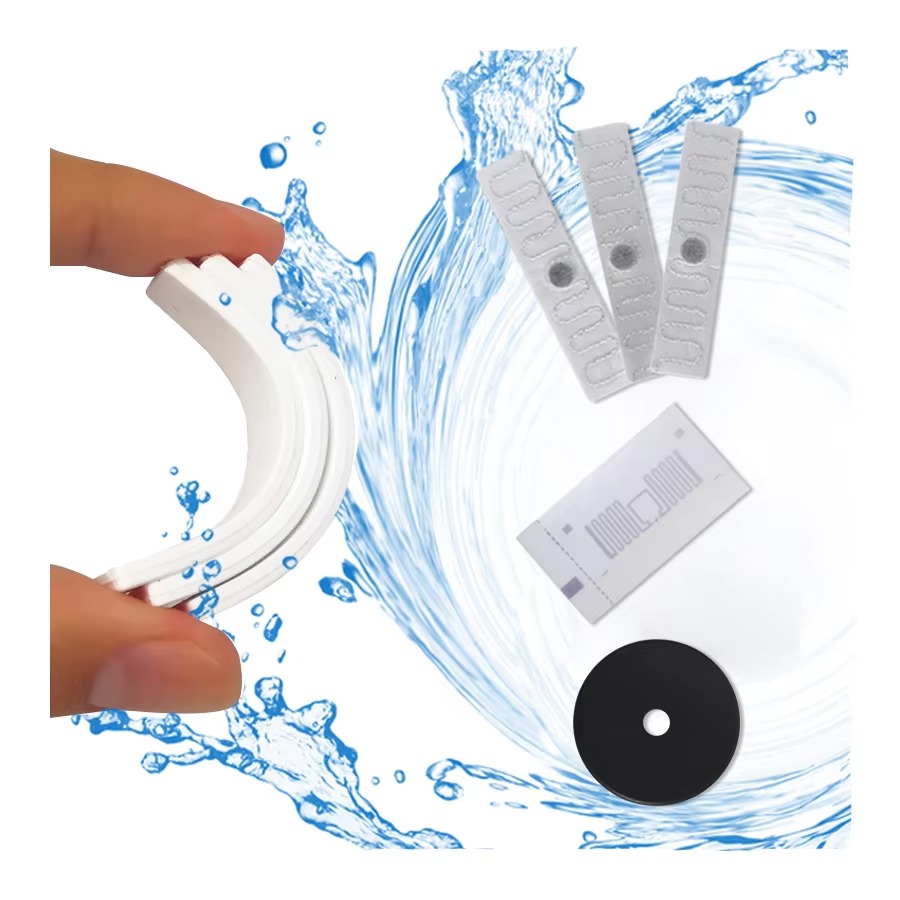
Using RFID Laundry Tags in Hotels: Efficiency and Benefits
RFID laundry tags help hotels track linens, reducing costs and improving efficiency by providing real-time data for billing, inventory, and lifecycle management.
About NFC Sticker,are you curious about the tiny, tech-packed wonders known as NFC stickers? You’re in the right place! This comprehensive guide will demystify NFC technology, explore its applications, and show you how these small but mighty stickers are revolutionizing the way we interact with our surroundings. Whether you’re a tech enthusiast or just getting started with NFC, this article will provide valuable insights and practical knowledge to help you harness the potential of NFC stickers.
NFC stickers are small, adhesive tags that contain a tiny chip capable of storing and transmitting data wirelessly. But what makes them so special? Let’s break it down:NFC stands for Near Field Communication, a short-range wireless technology that allows devices to exchange information when they’re brought close together. An NFC sticker combines this technology with an adhesive backing, creating a versatile tool for various applications.These stickers typically contain an NFC chip, such as the popular NTAG213 or NTAG215, which can store a small amount of data – usually between 144 and 504 bytes. This may not sound like much, but it’s enough to store a URL, contact information, or commands to trigger specific actions on NFC-enabled devices.The beauty of NFC stickers lies in their simplicity and convenience. They don’t require a power source of their own, instead drawing power from the NFC-enabled device that reads them. This makes them incredibly thin and flexible, perfect for adhering to various surfaces without adding bulk.
Understanding the mechanics behind NFC stickers can help you appreciate their versatility. Here’s a simple breakdown of how they function:
The simplicity of this process is what makes NFC stickers so user-friendly and widely applicable across various industries and use cases.
Not all NFC stickers are created equal. Let’s explore some common varieties:
Each type has its own strengths, making them suitable for different applications and environments.
NFC stickers pack a lot of functionality into a small package. Here are some of their standout features:
These features contribute to the versatility and widespread adoption of NFC stickers across various industries.
While both NFC stickers and QR codes are used for similar purposes, they have some key differences:
Feature | NFC Stickers | QR Codes |
Reading Method | Tap or close proximity | Visual scan |
Power Requirement | Powered by reading device | No power needed |
Data Capacity | Limited (typically 144-504 bytes) | Higher capacity |
Ease of Use | Very easy, just tap | Requires opening camera app |
Security | More secure, harder to clone | Easier to replicate |
Cost | Higher initial cost | Very low cost |
Durability | More durable | Can be damaged if printed |
Both technologies have their place, and the choice between them often depends on the specific use case and budget.
The applications for NFC stickers are vast and continually expanding. Here are some popular uses:
These are just a few examples of how NFC stickers are being used to simplify processes and enhance user experiences across various industries.
Compatibility is a crucial factor when considering NFC technology. Here’s what you need to know:
It’s worth noting that while most modern smartphones are NFC-enabled, some budget models may lack this feature. Always check your device specifications to confirm NFC compatibility.
Security is a top concern when it comes to any wireless technology. NFC stickers offer several security advantages:
However, it’s important to note that like any technology, NFC is not 100% secure. Users should still exercise caution, especially when dealing with sensitive information.
Programming an NFC sticker is simpler than you might think. Here’s a basic guide:
Remember, some NFC stickers are read-only or have limited write cycles, so check the specifications of your specific stickers before programming.
If you’re in the market for NFC stickers, here are some factors to keep in mind:
By considering these factors, you can select NFC stickers that best suit your specific needs and use cases.
As we look ahead, the future of NFC sticker technology seems bright and full of potential. Here are some trends and possibilities to watch for:
The versatility and simplicity of NFC stickers make them a technology with vast potential for innovation and application in numerous fields.In conclusion, NFC stickers are a powerful, versatile technology that’s changing the way we interact with our environment and share information. From simplifying business card exchanges to enabling smart home controls, these tiny tags pack a big punch. As the technology continues to evolve and integrate more deeply into our daily lives, the possibilities are truly exciting.Here’s a quick summary of the key points to remember about NFC stickers:
As we continue to embrace the convenience and capabilities of NFC stickers, we’re sure to see even more innovative applications emerge. Whether you’re a tech enthusiast or a business owner looking to streamline operations, NFC stickers offer a world of possibilities right at your fingertips.
Newest trends and common knowledge in RFID laundry tags.

RFID laundry tags help hotels track linens, reducing costs and improving efficiency by providing real-time data for billing, inventory, and lifecycle management.

Revolutionize laundry management with durable RFID textile Laundry tags, designed for efficient tracking in hotels, hospitals, and industrial settings.

RFID tags (Radio Frequency Identification tags) are electronic labels that use radio waves for data transmission and storage.
Didn’t find what you want? Ask our manager for help!